The Everglades National Park is often referred to as the “most threatened park in the U.S.”
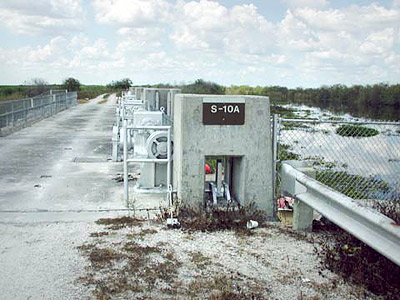
In the mid 1800s, the federal Swamp and Overflowed Lands Act gave the Everglades to the state of Florida with the provision that it would be drained. Drained lands were quickly taken over by agricultural interests, resulting in endless fields of sugar cane and rice.
Water Control
Water control has been achieved through the use of drainage canals and pumping stations throughout the Everglades region.
During the early 1900’s, two major hurricanes hit Florida, killing thousands of people. This resulted in the building of a dike at Lake Okeechobee, interrupting the sheet flow of water across the Everglades. The 1,500 acres (6.1 square km) of land protected by the dike is known as the Everglades Agricultural Area. The water table in this area is just below the land’s surface. During the rainy season, water must be pumped out to avoid flooding of agricultural lands, with the land requiring irrigation during the dry season with water from nearby Lake Okeechobee.
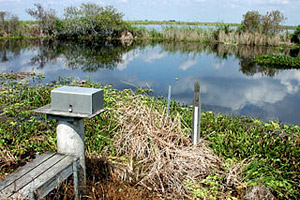
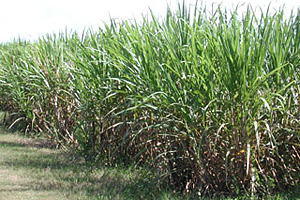
Drainage canals effectively succeeded in draining the Everglades by the 1930’s, effectively halting the sheet flow of water across the eastern portion of south Florida. The Army Corps of Engineers confined the Kissimmee River to a 53 mile (85.3 km) long canal system, destroying thousands of acres of wetlands. Currently there are over 1,400 miles (2,253 kilometers) of canals and levees within the Everglades region used for water control and diversion.
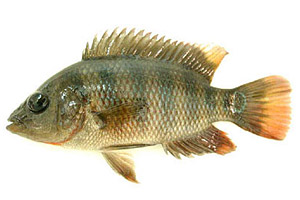
Introduced Species
Introduced species pose a serious threat to the native habitats and communities of the Everglades.
Introduced species pose a serious threat to the ecosystems of south Florida including the Everglades. Native to other locations, introduced species are introduced to new areas through human activities. These species were originally introduced to Florida as pets, food sources, ornamentals, or as biological controls.
These species are able to outcompete native flora and fauna for food and space due to lack of population controls such as predators and disease. These infestations of non-native species have adverse effects to native ecosystems. Since the early 1900s, these species have been rapidly spreading throughout south Florida, changing the landscape and squeezing out native communities. Efforts to combat this spread of introduced species are continuing, although they are extremely difficult to eradicate.
Development
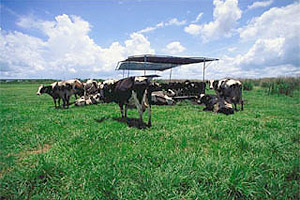
Development pressures from agriculture, industry, and urban areas have destroyed more than half of the original Everglades.
Urban development, industry, and agriculture pressures have destroyed more than half of the original Everglades. Ever-increasing population growth along with industry in south Florida has resulted in large metropolitan areas and rising pressures on the surrounding natural environments. Agriculture, such as sugar cane, rice, and dairy farms, exists on drained land within the Everglades.